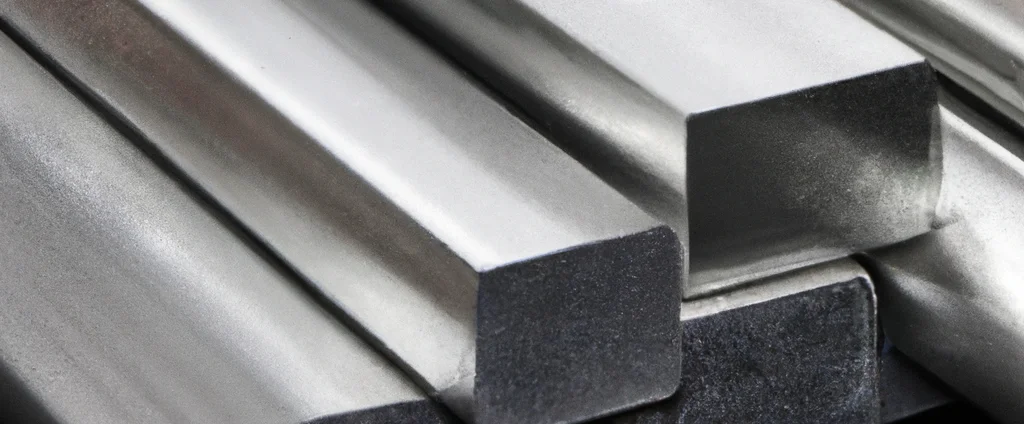Aluminum Alloy 1050 (UNS A91050)

Aluminum 1050 is a commercially pure aluminum alloy that contains 99.5% aluminum. It is one of the most commonly used grades of aluminum due to its excellent corrosion resistance, high thermal conductivity, and good formability.
| Chemical Composition | ||
|---|---|---|
| Element | Min | Max |
| Aluminum | 99.5% | —— |
| Copper | —— | 0.05% |
| Iron | —— | 0.40% |
| Magnesium | —— | 0.05% |
| Manganese | —— | 0.05% |
| Silicon | —— | 0.25% |
| Titanium | —— | 0.03% |
| Vanadium | —— | 0.05% |
| Zinc | —— | 0.05% |
The following table provides a list of aluminum 1050 properties in both SI and US customary/Imperial units.
Click on the button to switch between Metric and Imperial units.
| Physical Properties | Metric |
|---|---|
| Density | 2700 kg/m3 |
| Mechanical Properties | Metric |
| Tensile Strength | 105 - 145 MPa |
| Yield Strength | 80 - 130 MPa |
| Young’s Modulus (E) | 70 - 80 GPa |
| Shear Modulus (G) | 25 GPa |
| Elongation at Break | 12% |
| Poisson’s Ratio (ν) | 0.33 |
| Brinell Hardness | 34 HB |
| Thermal Properties | Metric |
| Melting Point | 645 - 655 °C |
| Thermal Conductivity | 230 W/m·K |
| Specific Heat Capacity (Cp) | 900 J/kg·K |
| Coefficient of Thermal Expansion (αL) | 2.35×10-5 1/°C |
| Electrical Properties | Metric |
| Electrical Conductivity | 3.56×107 S/m |
| Electrical Resistivity | 2.8×10-8 Ω·m |
The values in this table are approximate and can vary depending on various factors such as the specific manufacturing process and heat treatment applied to the alloy.
Advantages & Disadvantages of Aluminum 1050
| Advantages | Disadvantages |
|---|---|
| Excellent conductivity | Softness |
| Lightweight | Low melting point |
| Corrosion resistance | Limited weldability |
| Good formability | Surface imperfections |
Applications of Aluminum 1050
Aluminum 1050 is widely used in industries requiring lightweight, corrosion-resistant, and highly conductive materials, including:
- Electrical transmission lines: The high electrical conductivity makes it ideal for use in electrical transmission lines and other electrical applications.
- Heat sinks and heat exchangers: Excellent thermal conductivity and low density make it a good choice for use in heat sinks and heat exchangers.
- Cooking utensils and food packaging: As a food-grade material, it is safe for use in cooking utensils and food packaging applications.
- Reflective mirrors: High reflectivity makes it a good choice for use in reflective mirrors.
- Chemical processing equipment: Corrosion resistance makes it suitable for use in chemical processing equipment.
- Roofing and siding: Its lightweight, durability, and corrosion resistance make it useful for roofing and siding applications.
- Signage: Ease of fabrication, durability, and lightweight properties make it ideal for signage.
